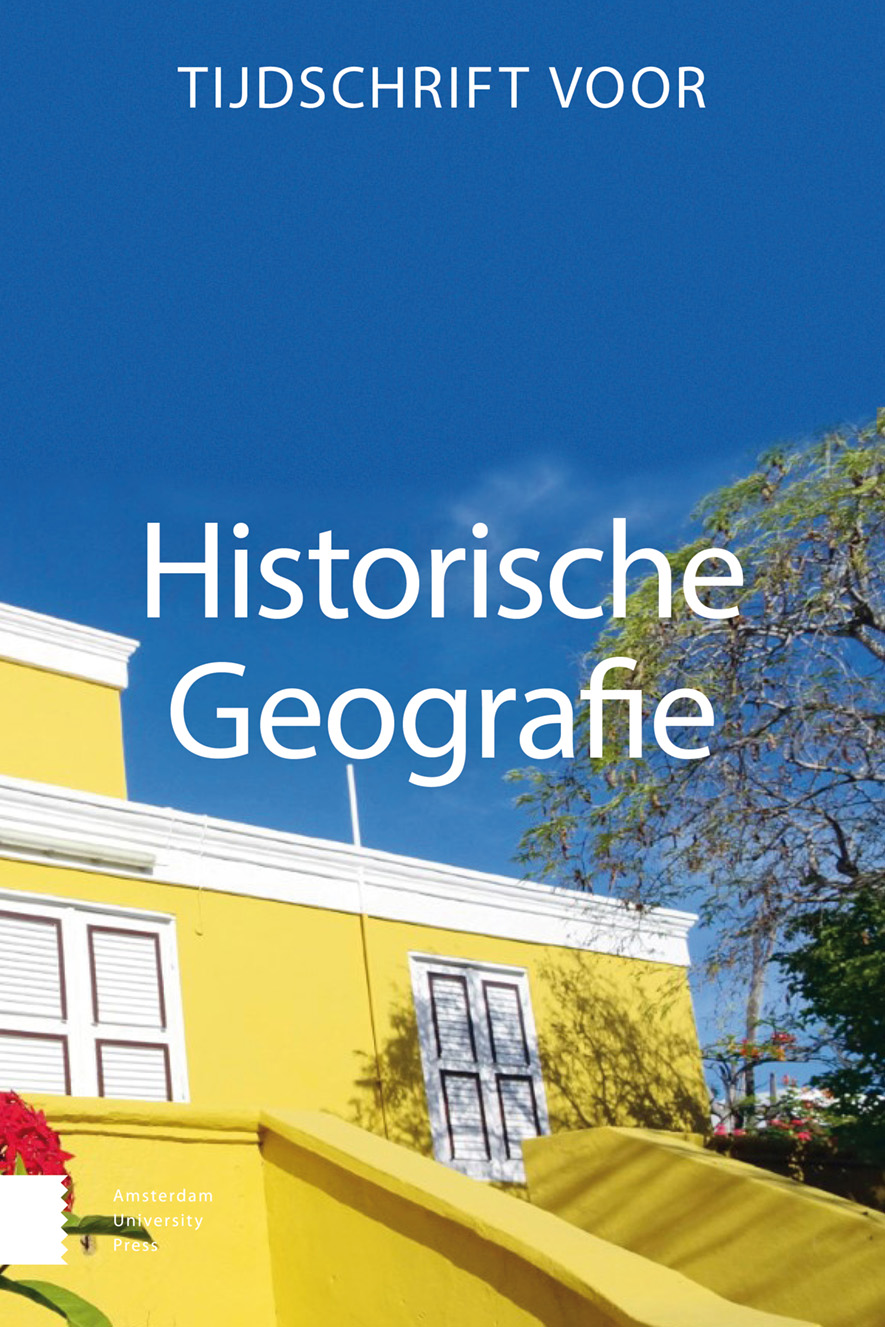-
oa De Veluwse herengoederen
Boeren op een horig goed
- Amsterdam University Press
- Source: Tijdschrift voor Historische Geografie, Volume 5, Issue 1, Jan 2020, p. 2 - 16
Abstract
In this article the development of the feudal system of ‘herengoederen’ (landowner estates) has been described for the region the Veluwe in the Netherlands. These estates were founded by the count and later duke of Gelre. In the 12th century the count of Gelre came to power due to the support of the bishop of Utrecht and the Roman-German emperor. He was able to start reclamation activities across the Veluwe region. The reclamation work was done by serfs who lived in on his estate. The term ‘herengoed’ was officially used in documents to describe a farming unit from 1543 onwards till 1795 ( the French Revolution). However, these farming units were much older as they originated form the 12th century. The system of ‘herengoed’ is an interesting subject for historical research because the administration of these farms is still available in the regional archives in the province of Gelderland. For every ‘herengoed’ a registration was set up about, for instance, the position of serfdom, the completeness of the estates and the registration of debts on the estates. A new owner of the ‘herengoed’ needed a permission (investiture) from the chamber of registration of the county of Gelre to live on the estate. After changes in the 16th century the province of Gelderland led the chamber of registration.
After a general introduction about the nature of ‘herengoederen’ a case study has been included for the local community Nunspeet with its four settlements Hulshorst, Westeinde, ‘t Hul and Oosteinde. The first remnants of settlements in this region were found during archaeological excavations in the 1970s. Periods of drought stimulated the farmers to start farming in the coastal area on the fringes of the Veluwe Plateau. After the establishment of the county of Gelre in the 12th century the coastal area between Veluwe and Zuiderzee was reclaimed within a couple of centuries. The system of reclamation was described in the article based on a study on cadastral and other maps from the 19th century and on information from the archives. The authors advise to start a Veluwe-wide inventory of all still existing ‘herengoederen’ because due to urbanisation and other causes the number of these estates has declined dramatically. A complete inventory of all these farming units has been missing up till now.


